A roadmap for aspiring game artists in Bangladesh
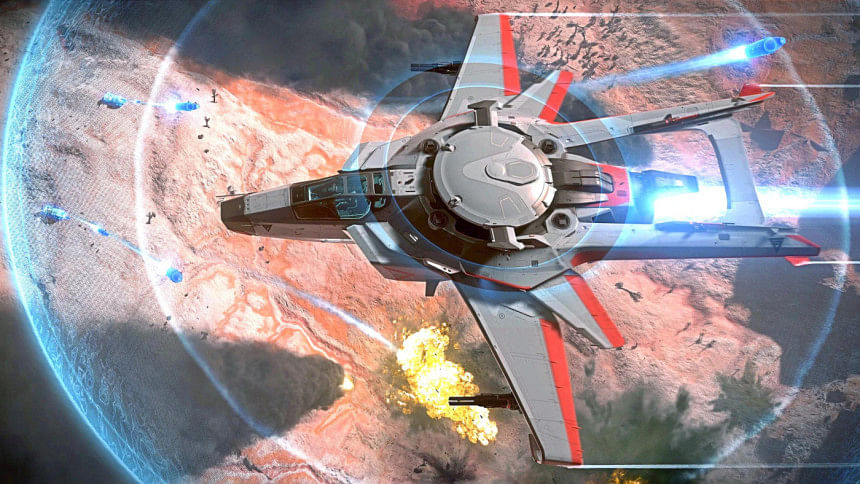
Did you know the gaming industry now generates more revenue than the film, television, and music industries combined? With a global market that's worth over USD 200 billion, gaming has become a force to be reckoned with.
The Bangladeshi gaming market is also on the rise, with several mobile games gaining significant popularity and computer games getting attention internationally. Many of us still remember Dhaka Racing and Arunodoyer Agnishikha from 2004, a milestone in Bangladeshi gaming history. Fast-forward to today, titles like Zero Hour are making waves in the industry. It's clear that the domestic market has come a long way, but there remains a lot more to do, especially in the realm of PC games.
I am a vehicle artist working at Cloud Imperium Games in Manchester, United Kingdom. I began my career by creating the Agontuk prototype with my friends, after which I joined an art outsourcing studio. Further down the line, I worked remotely in game development. I have production experience on Immortals of Aveum, Open Roads, Angelic, and other titles. I have also worked as a contract artist on projects with NVIDIA and Adobe Substance 3D.
With nearly eight years in the industry, I've closely observed the game development process. Working with various studios has shown me what it takes to create high-quality games. If I were to compare the resources that studios abroad have with the tools at Bangladesh's disposal, I could confidently claim that we're well-equipped to take our game industry forward. With a small push, we can unlock the vast potential of our youth.
Many young people today enjoy playing video gaming. Many of them, at some point, might even aspire to become a part of the industry, just like I did. I started playing video games back in class three. Over the years, I've felt a strong desire to be involved in the game development process itself.
While not every single gamer might want to become a developer, there are many others who do. The gap I've noticed is that the journey starts and ends with merely playing video games for most individuals. Behind the scenes, however, there's untapped potential. There's a world of fascinating skills and workflows involved in building an AAA game. From design to development, there are numerous roles one can learn to be part of the team that builds these virtual worlds. And once they're involved in that process, they begin to see games through a new lens.
Like any other field, this industry also values specialisation – whether it be in art design, programming, IT, user experience, or branding. It's best to choose a skill that aligns with your interests. However, this article will mostly focus on the art side of game development.
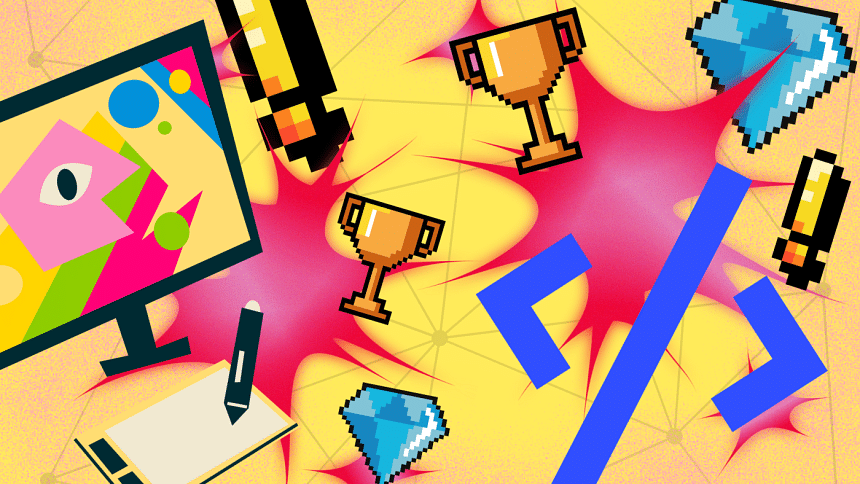
In today's digital age, learning 3D modelling is easier than ever. 3ds Max, Maya, and Blender are the most widely used tools in game development. As beginners, it's a good idea to start by mastering any one of these.
Here are some of the easiest and beginner-friendly tutorials to ease you in. For 3ds Max, check out ChamferZone's Ultimate Weapon Tutorial (free on YouTube), Arrimus 3D, and the official documentation. For Maya, which is great for animation and modelling, 3DEx and Mike Hermes (MH Tutorials) offer excellent tutorials. For Blender, beginners can start with BlenderGuru, while Polygon Runway covers basic modelling, and Josh Gambrell is great for intermediate learners.
It helps if you can stay updated by following game development communities like 80 Level, Game Artist UK, and The Rookies.
Now, mastering 3D modelling is just the beginning. To advance further, learning shaders, procedural tools, and optimisation techniques is essential. Understanding game engines like Unreal or Unity and how materials (e.g., ground, wall, grass) work along with creating them from scratch can also be beneficial. Even if not used daily, this knowledge helps you master your craft.
In game art, we are essentially recreating reality to some extent thus, a good sense of scale and accurate metrics is important. It's helpful to learn basic architectural dimensions and human ergonomics to maintain accuracy in your work. My technique is to import a properly scaled human figure into the scene and use it as a reference to ensure accurate proportions.
As a vehicle artist, my main role is to model vehicles based on concept designs, balancing creativity with functionality to ensure each element is both imaginative and practical.
The workflow at my workplace is built for efficiency. We use reusable materials instead of manual texturing to achieve high-quality results quickly. The vehicle creation process typically follows these steps: starting with an idea and briefing, followed by concept art and white-boxing to block out the form. We then move to the grey box stage to refine shapes and choose materials, before creating the detailed high-quality model – Level of Detail 0 (LOD0). Finally, we add tertiary details and polish the asset. Each stage includes reviews to maintain quality with strong collaboration between teams throughout.
Many newcomers focus on creating visually impressive assets, which is important. However, I believe it's important to evolve deeper thought and creativity in the age of AI. A unique art style works as a personality. It is surely achievable through consistent hard work. For instance, if one's designing a prop or an environment, it's best to start with real-world references.
In the starting phase, one can take photos and study details to replicate the original. After this, one can start experimenting by modifying elements to create different ambience. Gradually, the modifications start creating environments that are unique to the artist. While I agree that this route takes a longer time, it does help master the art to the point that it becomes noticeable and almost identical to what the artist imagined.
After repeating the process a couple of times, one can create a collection of personal projects. An enriched portfolio showcases a variety of personal projects and can be your best friend in job and work opportunities. When creating a portfolio, choose projects that reflect your skills and knowledge.
Demonstrate thorough research and creativity. Use it as a chance to develop new workflows and showcase your expertise. Projects in your portfolio must align with your art style and expertise. For example, if your specialisation is in weapons, your profile should highlight your skills as a weapon artist. While you can include other projects, it is best to align with hard surface modelling. Similarly, if you focus on environments, showcase multiple projects so viewers can easily identify your area of expertise.
Many believe strong technical skills are enough for a career, but soft skills are just as important, especially in the highly competitive and collaborative game industry. Effective communication and teamwork are essential, as artists often work closely with designers, other artists, and developers. Being open to feedback and adaptable helps build strong teams. Organising your work and seeking feedback early on from online game art communities like Experience Points and Dynasty Empire can be valuable as well. These platforms offer support, guidance, and help with networking. A balance of hard and soft skills makes one a better artist.
Furthermore, as I have already mentioned, passion and love for gaming can be a huge inspiration for beginners, as it will give them a good idea of the results they would like to see as players.
In terms of the industry, most of the subjects that the Bangladeshi youth choose to pursue have highly saturated job markets. In contrast, the gaming industry is comparatively untapped in the local market. I believe if we can channel our inner creativity and hard work into our areas of interest, like video games, we can shape a booming industry.
The author is a vehicle artist at Cloud Imperium Games, working on Star Citizen with AAA and indie experience on Immortals of Aveum, Open Roads, and more.

 For all latest news, follow The Daily Star's Google News channel.
For all latest news, follow The Daily Star's Google News channel. 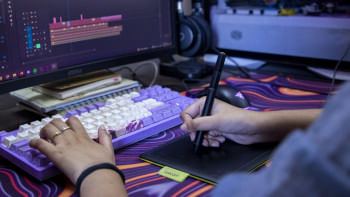


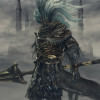
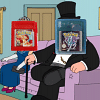

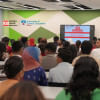
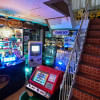

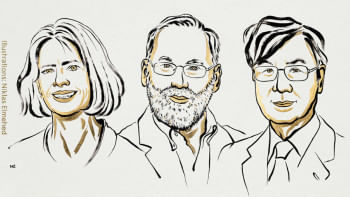
Comments